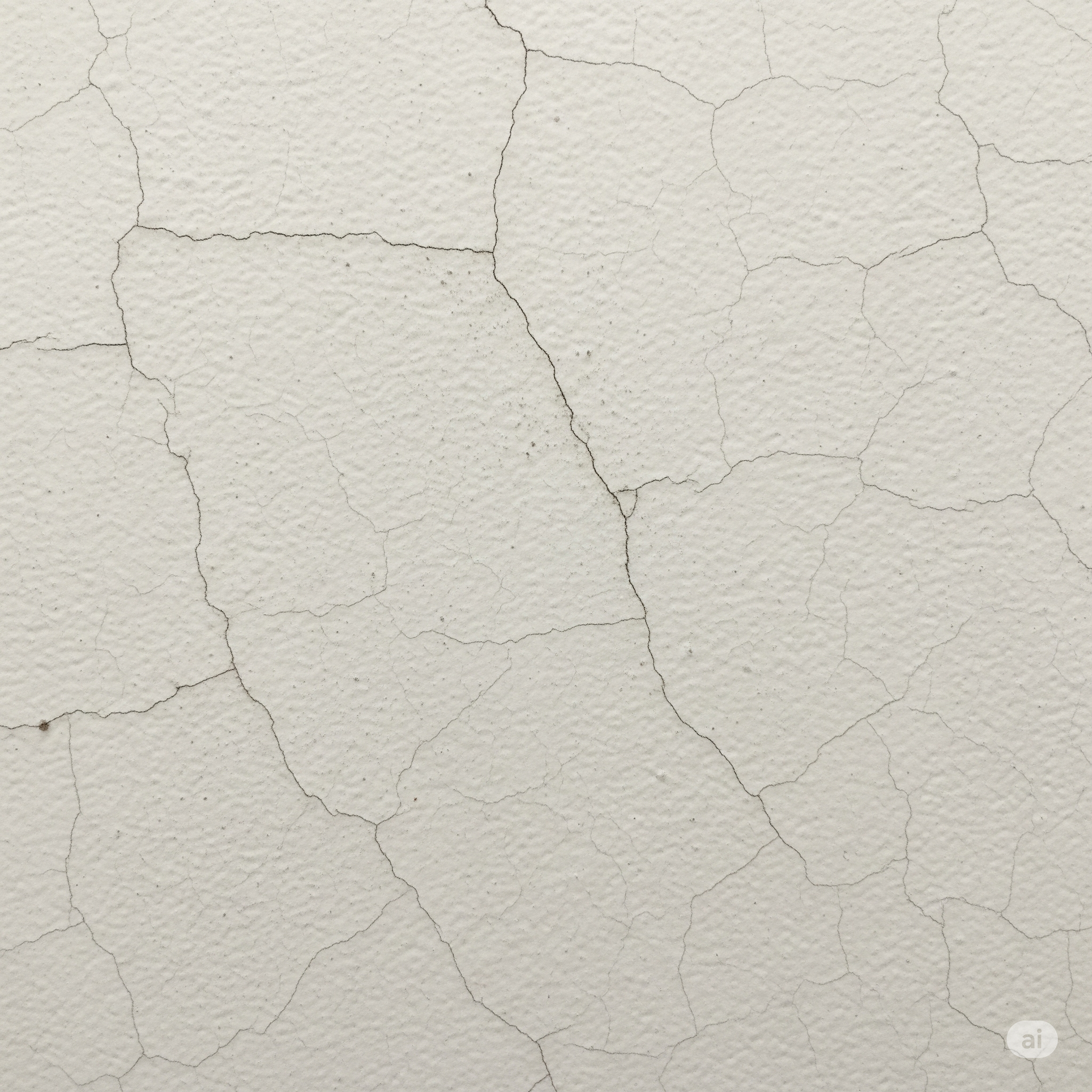Difference Between Hairline and Structural Foundation Cracks

Learn how to identify and handle diagonal foundation cracks, foundation slab cracks, and hairline foundation cracks before they become major issues. Whether you’re dealing with a basement foundation or a house foundation, Appalachian Foundation Services offers trusted solutions for foundation repair and protection against long-term foundation damage.
Types of Foundation Cracks and What They Mean
Understanding the types of foundation cracks is critical to preventing further damage and protecting your home’s structural integrity. From diagonal cracks and vertical foundation cracks to shrinkage cracks in foundations and settlement in poured concrete slabs, each type can indicate a different underlying issue.
Some cracks, such as those caused by the natural curing process of concrete or normal settlement, are considered cosmetic and may not require immediate attention. Others, such as cracks wider than 1/8 inch in a concrete foundation wall or bowing basement walls, may signal serious structural issues or foundation settlement. Poor workmanship, soil pressure, and even frost heave can all contribute to the development of cracks in foundation walls, mortar joints, and retaining walls. Repairing foundation cracks promptly—using methods such as epoxy injection or polyurethane foam—can prevent costly damage and potential risks, including radon gas intrusion.
If you’re unsure whether you’re dealing with shrinkage cracks or a structural threat, seek professional guidance from Appalachian Foundation Services. A licensed structural engineer may also be consulted for complex cases involving vertical displacement or slab settlement. In this article, we’ll walk you through the most common types of foundation cracks and help you determine which ones are normal foundation cracks and which ones should be treated as a serious concern.
Do all foundation cracks need repair?
Not every foundation crack requires immediate repair, but none should be ignored. Hairline cracks, for example, may not need repair if they remain thin, stable, and dry. However, more profound or widening cracks—especially those associated with moisture or shifting—should be professionally assessed and addressed.
Regular monitoring can help you catch issues early. If you’re unsure, it’s always better to get a second opinion from a foundation expert, such as Appalachian Foundation Services, to avoid long-term damage and more costly repairs down the line.
How do I know if a foundation crack is severe?
A foundation crack is considered severe if it’s wider than 1/8 inch, is growing over time, or is causing other issues, such as misaligned windows, uneven floors, or water intrusion. Cracks that are horizontal or stair-stepped can indicate structural stress, while vertical cracks might result from settling or shrinkage.
A comprehensive inspection from a trained professional can determine the nature and severity of the crack. Appalachian Foundation Services offers precise evaluations to distinguish between cosmetic and structural problems.
Can hairline cracks turn into structural issues?
Hairline cracks often start as cosmetic concerns, especially in newly poured concrete. However, under certain conditions—such as poor drainage, expanding soil, or hydrostatic pressure—these small cracks can widen and develop into structural problems.
It’s smart to monitor hairline cracks over time. If you notice expansion, discoloration, or moisture intrusion, it may signal a more serious issue. Early detection helps you prevent bigger repairs later.
Should I call a professional for foundation cracks?
Yes, especially when dealing with the many types of foundation cracks found in poured concrete foundations and block foundations. Not all cracks are created equal, and because concrete shrinks and moves over time, it’s easy to mistake severe damage for a harmless blemish. Factors such as poor concrete mix, differential settling, and slab movement can create cracks that appear minor at first but can become significantly worse.
You may notice new cracks forming due to foundation settlement or bowed walls resulting from soil pressure building up behind your concrete foundation wall. Even hairline cracks can turn into structural concerns if they widen or appear in key load-bearing areas. Applying hydraulic cement may seem like a solution, but without identifying the root cause, you’re only masking a deeper issue.
Homeowners shouldn’t feel overly concerned about every small crack, but knowing when to seek professional help is critical. If you’re unsure about whether your home’s foundation needs attention, Appalachian Foundation Services provides expert evaluations and effective repair solutions to address all foundation concerns, whether cosmetic or structural.
What’s the difference between structural and non-structural cracks?

Structural cracks can affect your home’s stability and are typically caused by foundation movement, differential settlement, or construction flaws. They often appear wide, jagged, horizontal, or stair-stepped—especially in block foundations or poured concrete walls—and can signal serious issues, such as bowing walls or vertical displacement.
Non-structural cracks are typically surface-level, including hairline cracks that occur during the curing of concrete or minor settlement. While less urgent, they should still be monitored to avoid potential problems.
Since the difference isn’t always noticeable, it’s best to have Appalachian Foundation Services evaluate your home’s foundation and recommend the proper fix, whether cosmetic or structural.
What causes different types of foundation cracks?
Environmental conditions, construction flaws, or natural soil shifts can cause different types of foundation cracks. Common causes include:
- Expansive clay soils that swell and shrink with moisture changes
- Poor grading that leads to water pooling near the foundation
- Plumbing leaks under the concrete slab
- Hydrostatic pressure from groundwater
- Extreme temperature swings that cause concrete to contract and expand
- Improper concrete mix during the pour
- Foundation settling or differential settling
- Frost heave in cold climates
- Natural concrete curing process that causes early shrinkage cracks
Appalachian Foundation Services identifies the cause and delivers the right solution, protecting your foundation from further damage and ensuring long-term stability.
Are horizontal cracks more dangerous than vertical cracks?
Yes, in most cases, horizontal cracks are more serious than vertical ones. Horizontal foundation cracks, especially those in block or poured concrete walls, often indicate extreme pressure from soil or water. This pressure can cause walls to bow or bulge—clear signs of structural compromise.
Vertical cracks, by contrast, are more commonly associated with natural settling and shrinkage. While they should still be monitored, they typically don’t pose as immediate a risk. Any horizontal crack should prompt an immediate call to a professional specializing in foundation repair.
Can foundation cracks affect property value?
Absolutely. Visible cracks—especially those that raise concerns about structural integrity—can lower a home’s market value and make buyers wary. A home with untreated or uninspected cracks may take longer to sell and may require concessions for repairs.
Getting a professional evaluation and repair not only protects your investment but also strengthens your home’s resale appeal. Appalachian Foundation Services provides the documentation and workmanship to give buyers peace of mind.
What Our Clients Are Saying
How can I tell what types of foundation cracks I have?
“Appalachian Foundation Services gave me a thorough explanation and a fair quote. They made something overwhelming feel manageable.”
— Brian L., Elmira, NY
“I was nervous about the diagonal cracks forming in our basement. Appalachian Foundation Services walked us through every step, explained the different types of foundation cracks, and had it fixed in no time.” — Stephanie D., Cortland, NY
Ready to Protect Your Foundation?
Not all foundation cracks are created equal, and neither are the repair options available. By learning how to recognize the warning signs of hairline versus structural damage, you can take action before minor cracks become major issues. Appalachian Foundation Services is here to guide you through the process with expertise, transparency, and tailored solutions.
Don’t wait for the damage to spread or the cost to rise. Let our trusted team restore your home’s stability, safety, and value. Contact Appalachian Foundation Services today for a comprehensive evaluation and expert repair plan for all types of foundation cracks.

